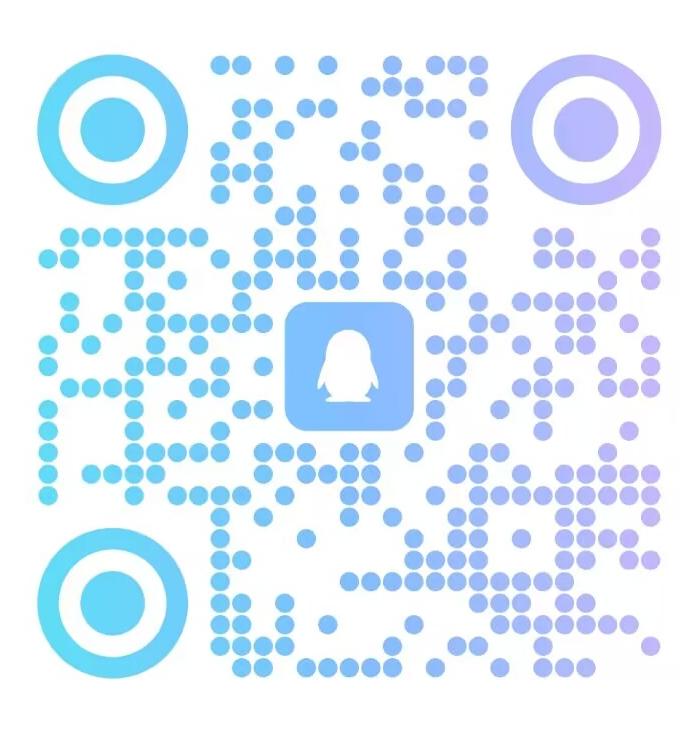QQ扫一扫联系

Text 4
To combat the trap of putting a premium on being busy, Cal Newport author of Deep Work: Rules for Focused Success in a Distracted world recommends building a habit of " deep work-the ability to focus without distraction
There are a number of approaches to mastering the art of deep work-be it lengthy retreats dedicated to a specific task; developing a daily ritual; or taking a journalisticapproach to seizing moments of deep work when you can throughout the day. Whichever approach, the key is to determine your length of focus time and stick to it
Newport also recommends deep scheduling to combat constant interruptions and get more done in less time. " At any given point, I should have deep work scheduled for roughly the next month. Once on the calendar, I protect this time like I would a doctor's appointment or important meeting, he writes.
Another approach to getting more done in less time is to rethink how you prioritise your day-in particular how we craft our to-do lists. Tim Harford author of Messy: The Power of Disorder to Transform Our Lives, points to a study in the early 1980s that divided undergraduates into two groups: some were advised to set out monthly goals and study activities; others were told to plan activities and goals in much more detail, day by day.
While the researchers assumed that the well-structured daily plans would be most effective when it came to the execution of tasks, they were wrong: the detailed daily plans demotivated students. Harford argues that inevitable distractions often render the daily to-do list ineffective, while leaving room for improvisation in such a list can reap the best results.
In order to make the most of our focus and energy, we also need to embrace downtime ,or as Newport suggests ,“be lazy .”
Idleness is not just a vacation, an indulgence or a vice; it is as indispensable to the brain as vitamin D is to the body... [ idleness ] is, paradoxically necessary to getting any work done, he argues
Srini Pillay, an assistant professor of psychiatry at Harvard Medical School believes this counterintuitive link between downtime and productivity may be due to the way our brains operate. When our brains switch between being focused and unfocused on a task, they tend to be more efficient.
What people don't realise is that in order to complete these tasks they need to use both the focus and unfocus circuits in their brain, " says Pillay.
36. The key to mastering the art of deep work is to
A. list your immediate tasks
B. make specific daily plans
C. keep to your focus time
D. seize every minute to work
37. The study in the early 1980s cited by Harford shows that
A. daily schedules are indispensable to studying
B. students are hardly motivated by monthly goals
C. detailed plans may not be as fruitful as expected
D. distractions may actually increase efficiency
38. According to Newport, idleness is
A. an essential factor in accomplishing any work
B. an effective way to save time and energy
C. a major contributor to physical health
D. a desirable mental state for busy people
39. Pillay believes that our brains' shift between being focused and
unfocused A. can result in psychological well-being
B. can bring about greater efficiency
C. is aimed at better balance in work
D. is driven by task urgency
40. This text is mainly about
A. the key to eliminating distractions
B. the cause of the lack of focus time
C. ways to relieve the tension of busy life
D. approaches to getting more done in less time